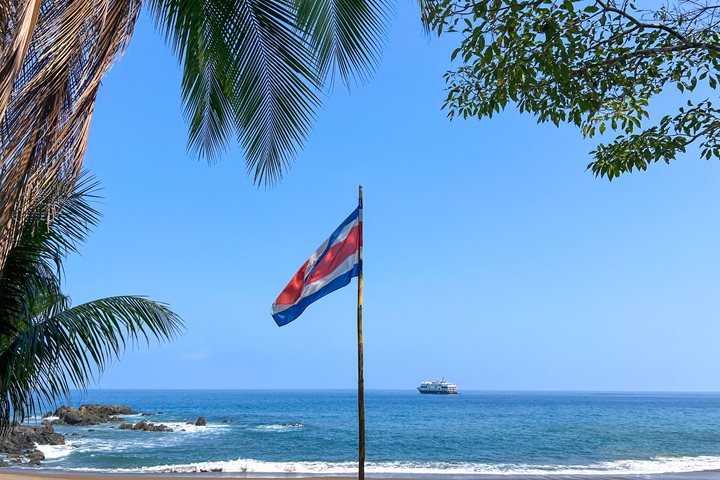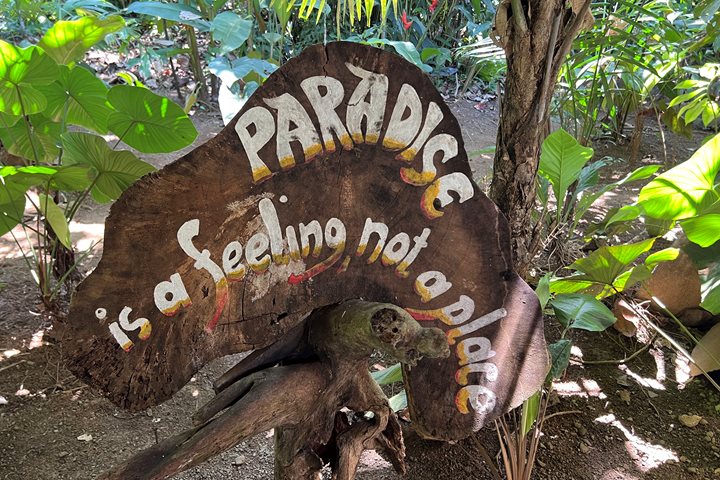Today is the last day of the final trip of National Geographic Quest in the Central American region of Costa Rica and Panama for quite a long while. We’ve had great wildlife sightings and interactions with local Costa Rican families and the Panama Canal.
Today was an icing-on-the-cake kind of day as we explored the immaculately preserved rainforest of Costa Rica’s Osa Peninsula. In the morning, we visited Caletas Wildlife Refuge owned by our dear friend Enrique, better known as Bam Bam. A buffer zone for Corcovado National Park, Caletas exhibits so much life, while still outside of Corcovado domain. While there, we spotted Central American spider monkeys, giant woody vines (or “lianas”), lots of palm plants in the understory, leaf-cutter and army ants, a 10-foot long boa constrictor, and many giant trees which are all indicative of a forest in great health.
In the afternoon, we repositioned to Corcovado forest proper. Established in 1975, this land encompasses an area of 424 square kilometers (164 square miles), covering nearly one third of the Osa Peninsula and is one of the largest parks in Costa Rica. It is certainly the crown jewel of the country’s park system, and its ecological variety is quite stunning. National Geographic once dubbed it "the most biologically intense place on Earth in terms of biodiversity." This is a wilderness of which disappointment is not does not follow. Whether one opted for the waterfall walk or trekking along the Pargo River trail, we came back with great wildlife sightings to include monkeys, birds, basilisk lizards, snakes, and coatis: all memories baring goodbye until the nest sailing season.









